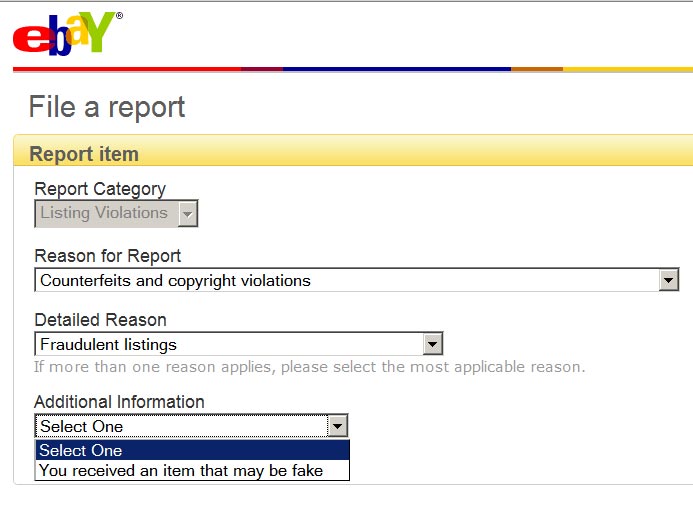


Transfers during the transfer period can be valid but are subject to scrutiny, but are not inherently fraudulent. Transfers made before the look-back period cannot be avoided by a bankruptcy trustee barring exceptional circumstances. The time and context in which a transfer is made play a major role in determining potential fraudulent transfers. Timing & Context Matter for Fraudulent Conveyances So too are normal business transactions to parties with which the debtor shares no special interest. If there is a challenge to a sale or transfer made before bankruptcy, it will be between your bankruptcy attorney and the creditors to argue whether the transfer represented a legitimate bargain or a fraudulent transfer.įoreclosure sales, even if well below market value, are likely to be viewed as legitimate transfers. But a debtor who sold a valuable property well below market value may have simply been unlucky in an unstable property market. A person who transfers vast sums of property or assets in the weeks before filing bankruptcy is likely to be accused of acting fraudulently. Second, the debtor must have been insolvent at the time or reasonably expected to be insolvent at the time of the transfer.Ĭonstructive fraud is much more subjective than actual fraud. First, the debtor must have received less “than a reasonably equivalent value” for the transfer of property.
#Fraudulent conveyance third party code
The Federal bankruptcy code sets conditions for constructive fraud. Constructive Fraudulent TransferĬonstructive fraud also involves the transfer of property but lacks the element of intent in actual fraud. The transfer of most or all of a debtor’s assets to a newly created corporation, or to a person with whom the debtor shares a special relationship, is likely to be viewed with suspicion.įederal bankruptcy law sets the look-back period as two years, but state law may extend this period, such as with the Uniform Fraudulent Transfer Act and more recent Uniform Voidable Transfer acts adopted by dozens of states, which extend the period in which a transfer can be challenged as fraudulent to four years.

While ultimately the intent must be determined on a case by case basis, certain patterns of behavior are frequently found to be fraudulent. Actual FraudĪctual fraud r equires the debtor to have voluntarily transferred property or assets with the intent to hinder, delay, or defraud a creditor.įor a creditor to challenge a transfer as actual fraud, they must prove that the intent of the debtor was to hinder or defraud the ability to collect what was owed to the creditor. There are two types of fraudulent conveyances: actual fraud and constructive fraud. In Pennsylvania, there is a four year look-back period in which a trustee can see if a property was transferred or was sold below market value. Under fraudulent transfer law, fraudulent conveyance is a transfer of assets or property with the intent to place those assets or property outside the reach of creditors.Ī bankruptcy trustee who uncovers evidence of such transfers is empowered to avoid the transfer if it was made within two years of the filing of a bankruptcy petition. It could place you and the people you transfer property to in legal jeopardy and compromise your bankruptcy proceedings. Other people will try to sell valuable assets below market value to friends and family to prevent their liquidation through bankruptcy proceedings.īehavior like this is bankruptcy fraudulent conveyance. Some people’s first instinct when bankruptcy filing seems imminent is to transfer their property to a third party like a sister or a close friend who can hold it until the bankruptcy is over. It can be tempting to try to hang on to certain very valuable cherished possessions or favorite luxuries. That is why it is important to speak to a bankruptcy lawyer who can review your allowed exemptions and show how you can exempt some or all of your assets.

Under certain circumstances, a bankruptcy trustee can sell some of your assets to satisfy your creditors in part.


 0 kommentar(er)
0 kommentar(er)
